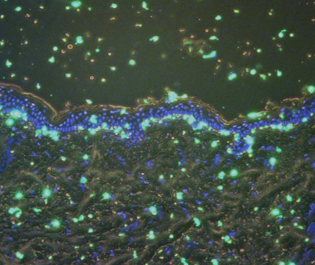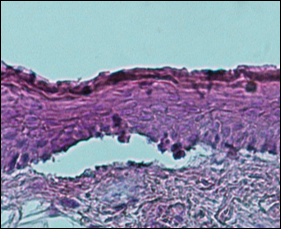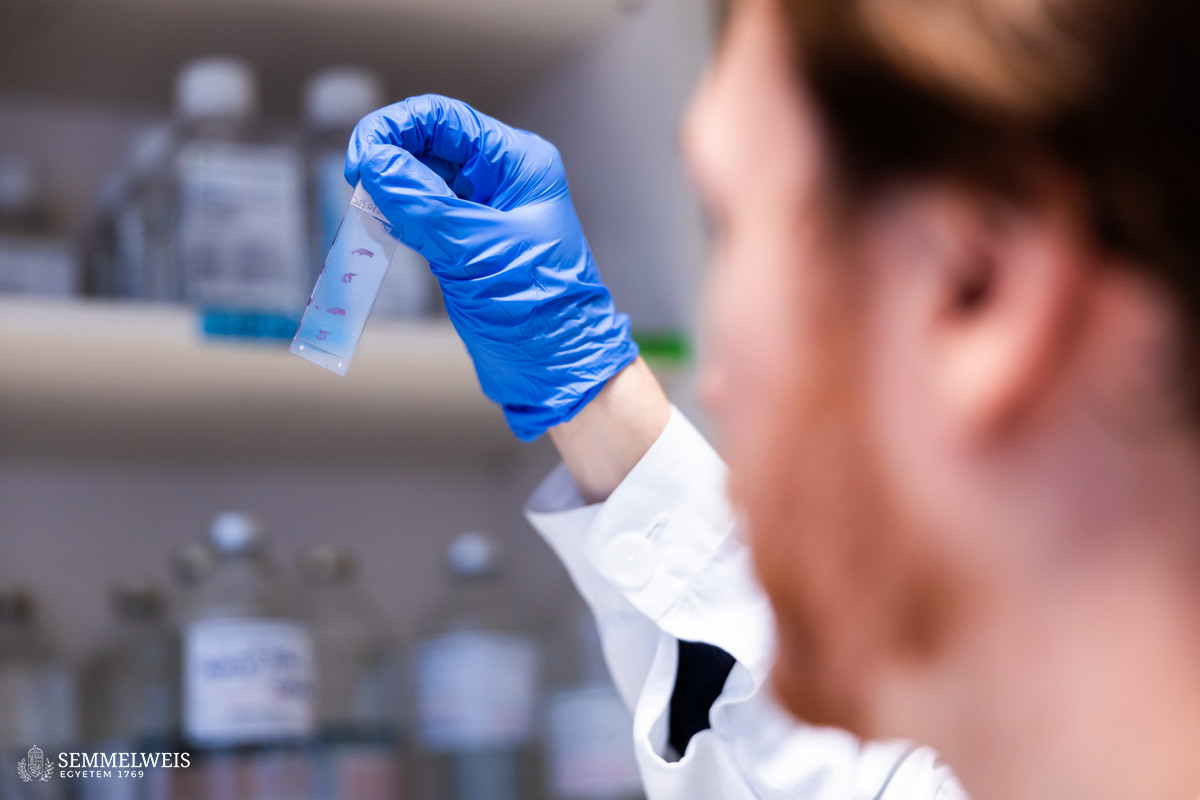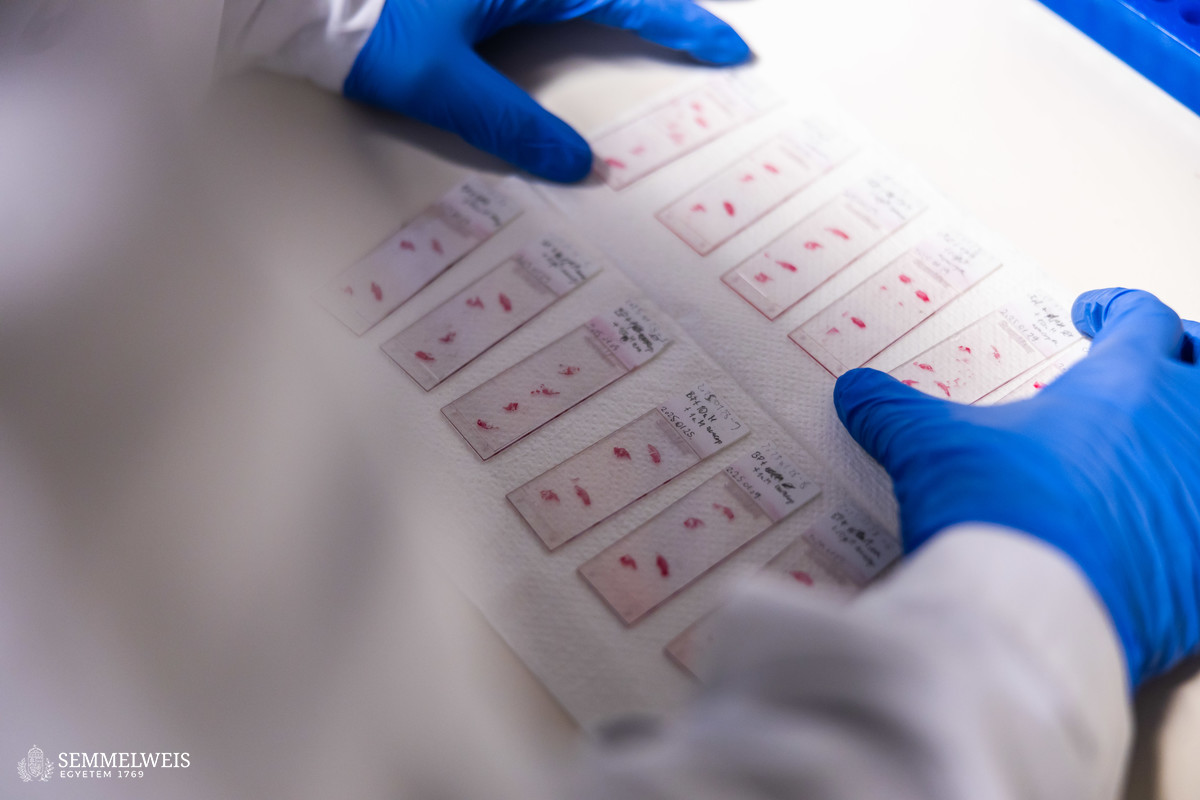Bullous pemphigoid and epidermolysis bullosa acquisita are rare autoimmune skin diseases affecting the elderly population and are characterised by the formation of very unpleasant, thick blisters on the skin. These patients are most commonly treated with general immunosuppressive therapies, which shows the urgent need to identify new therapeutic options through a better understanding of the pathogenesis.
Today several in vitro and in vivo model systems are available to study these diseases, offering a good opportunity to investigate the pathogenesis. In our previous publications (Szilveszter et al., J Invest Dermatol. 2022, Vikár et al., J invest Dermatol. 2024) we have shown the essential role of certain proteins involved in immunoreceptor signalling in pathogenesis, while our current studies focus on the role of JAK kinases and the complement system in addition to the former.



